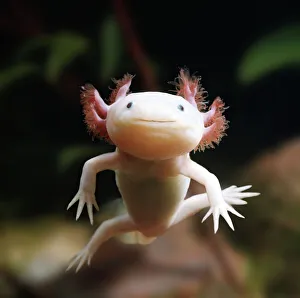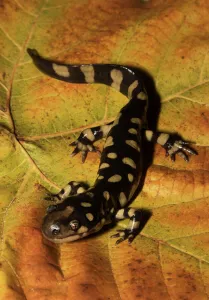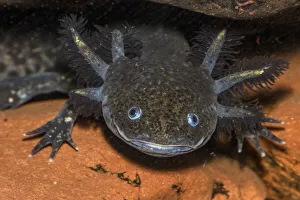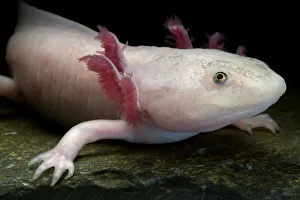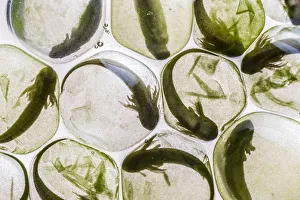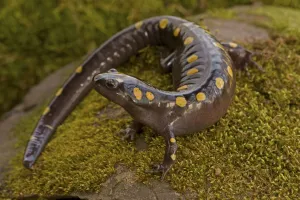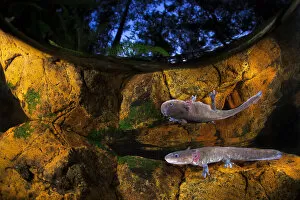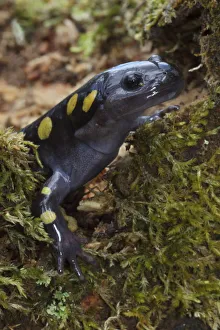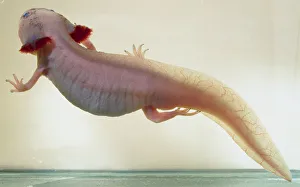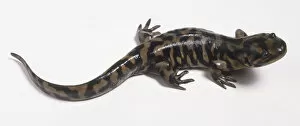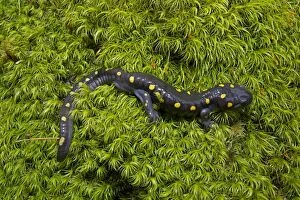Mole Salamander Collection
The mesmerizing world of the mole salamander is filled with captivating creatures
All Professionally Made to Order for Quick Shipping
The mesmerizing world of the mole salamander is filled with captivating creatures. From the enchanting Axolotl albino, a captive beauty with its unique Siredon/Ambystoma mexicanum lineage, to the neotenic white form of the Axolotl, this species never fails to amaze. In North Florida, USA, during December, we are greeted by the majestic Eastern tiger salamander. Its presence adds a touch of wildness and mystery to our surroundings. Meanwhile, in Mexico, the native Axolotl thrives in captivity as a symbol of their rich biodiversity. The critically endangered leucistic form of the Mexican salamander reminds us of nature's delicate balance and our responsibility to protect it. The yellow-spotted salamander eggs showcase an incredible symbiotic relationship with vibrant green algae - a true testament to nature's ingenuity. Underneath Mexico's waters lies an ethereal sight: backlit Axolotls revealing intricate gill details that leave us in awe. As night falls upon Mexican ponds, these aquatic wonders gracefully swim while their reflections dance on still waters. A microscopic view reveals newborn Axolotls adorned with external gills and remarkable projections on their heads - tiny miracles unfolding before our eyes. In Sierra de Manantlan's woodland stream stands a silhouette of an Axolotl swimming amidst towering trees; it is both magical and serene. As spring arrives in New York, USA, spotted salamanders embark on their annual migration towards woodland ponds - a spectacle that showcases nature's resilience and determination for survival. These glimpses into the world of mole salamanders remind us that there is so much more beneath the surface than meets the eye. They inspire wonderment and ignite curiosity about Earth's diverse inhabitants who share this planet with us.

